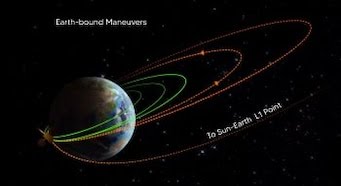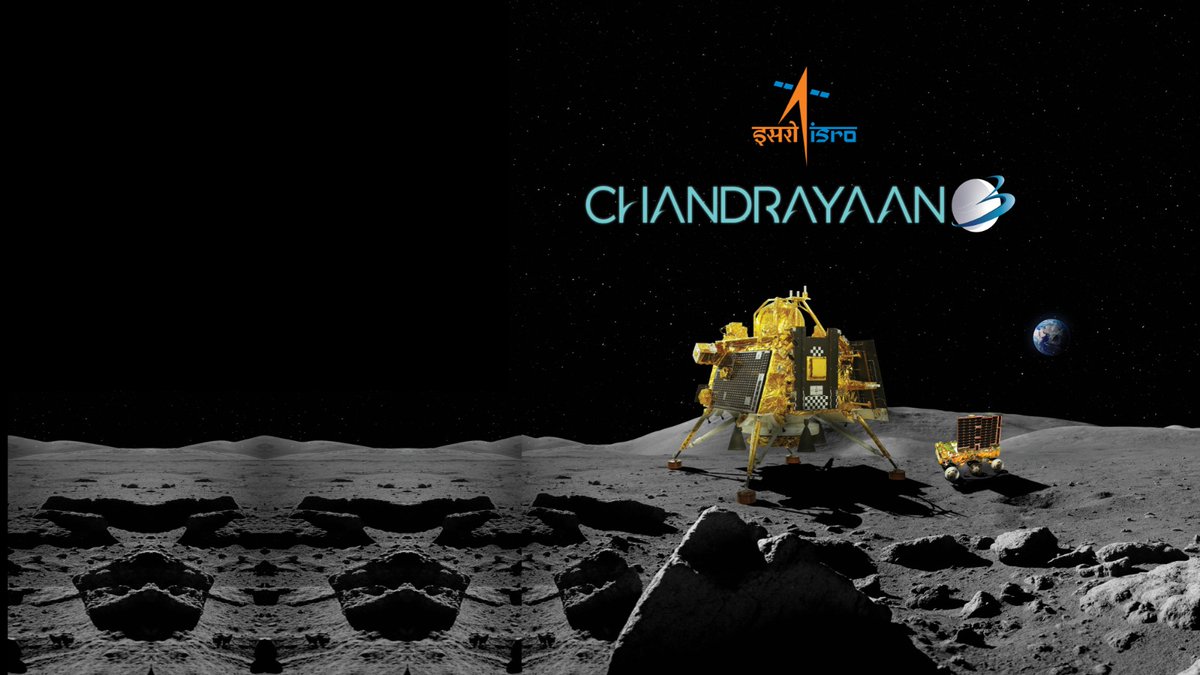Aditya L1, India’s spacecraft on a Sun exploration mission, has achieved its third successful Earth-bound maneuver and is now scheduled for its next step on September 15, 2023, as it journeys toward Lagrange point L1.

ISRO’s and India’s inaugural solar exploration mission, Aditya L1, achieved another milestone as it completed its third successful Earth-bound maneuver on Sunday, September 10, according to ISRO. The next maneuver is scheduled for September 15, 2023, at around 2 a.m. This spacecraft will undergo one more Earth-bound orbital maneuver before commencing its transfer orbit towards Lagrange point L1.
The newly achieved orbit measures 296 km x 71,767 km, and ISRO’s Telemetry, Tracking, and Command Network (ISTRAC) in Bengaluru executed this operation.
Aditya-L1, India’s first space-based observatory designed to explore the Sun from a halo orbit positioned at the first Sun-Earth Lagrangian point (L1), around 1.5 million km from Earth.
The second Earth-bound maneuver was successfully completed on September 5, following the first on September 3. These maneuvers are crucial during the spacecraft’s 16-day circumnavigation around Earth, allowing it to gather the required velocity for its journey to L1.
On September 2, ISRO’s Polar Satellite Launch Vehicle (PSLV-C57) successfully launched Aditya-L1 from the Satish Dhawan Space Centre in Sriharikota.
The spacecraft is expected to reach point L1, its designated orbit, approximately 127 days after launch.
Aditya L1 Mission Objectives and Payload Details :
ISRO emphasizes that a spacecraft in a halo orbit around point L1 offers uninterrupted Sun observation without occultations or eclipses, enabling real-time monitoring of solar activities and their impact on space weather.
Aditya-L1 carries seven indigenous scientific payloads developed by ISRO and national research laboratories, including the Indian Institute of Astrophysics in Bengaluru and the Inter-University Centre for Astronomy and Astrophysics in Pune. These payloads will study the photosphere, chromosphere, and the solar corona using electromagnetic, particle, and magnetic field detectors.
Among these, four payloads will directly observe the Sun, while the remaining three will conduct in-situ studies of particles and fields at Lagrange point L1, providing critical data on the propagation of solar dynamics in the interplanetary medium.
Aditya L1’s payloads are expected to shed light on mysteries such as coronal heating, coronal mass ejections, pre-flare and flare activities, space weather dynamics, and the behavior of particles and fields, gaining insights.
Scientists consider there are five Lagrangian points, or gravitational parking areas, between Earth and the Sun, where objects can maintain their positions with minimal fuel consumption.
Named after the Italian-French mathematician Joseph-Louis Lagrange, these points in space offer advantageous locations for spacecraft due to the balancing gravitational forces of the Sun and Earth,allowing objects to move harmoniously with them.
For participating in ISRO Quiz visit : https://isroquiz.mygov.in/?utm_medium=phonepe




